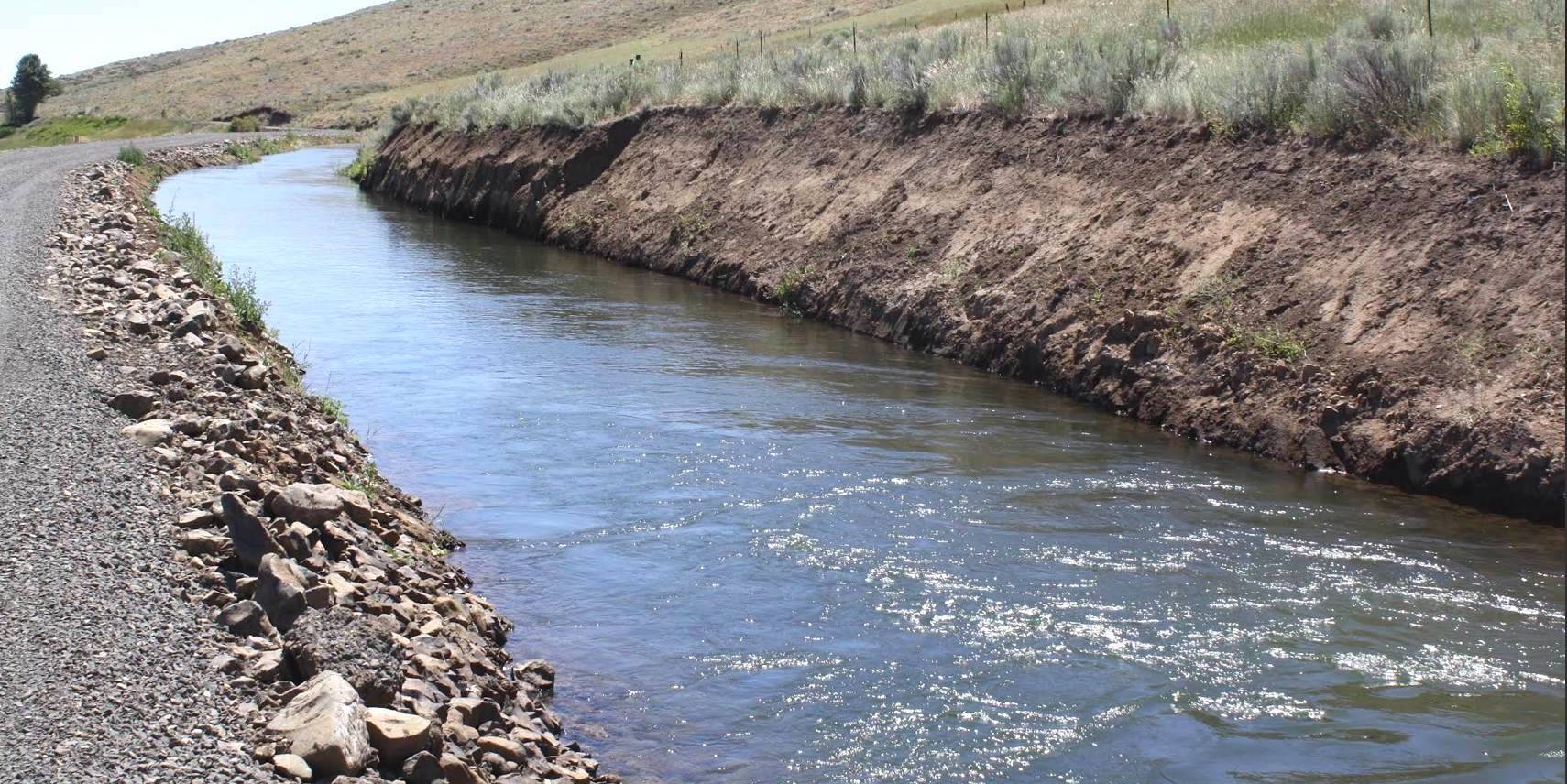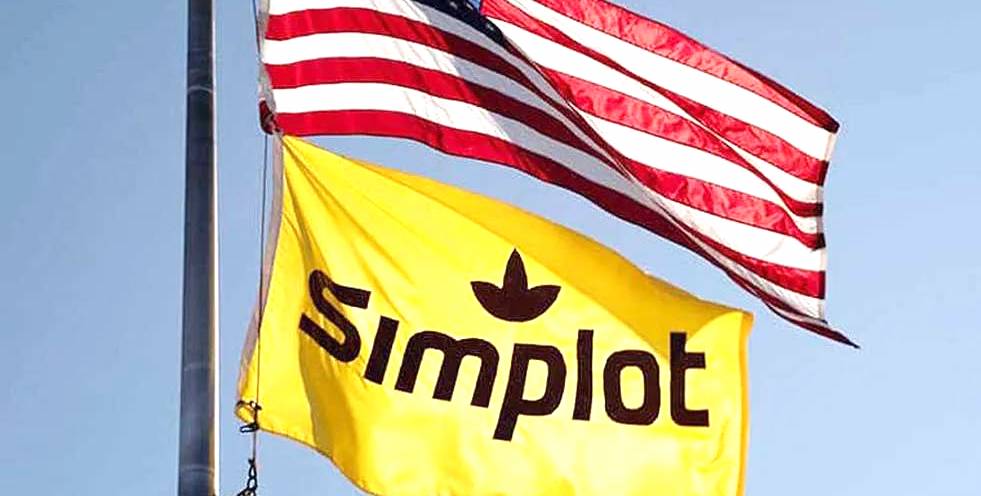Feed barley glut affects hay prices
Published 8:28 am Friday, September 12, 2014

- Idaho Falls grower Marc Thiel rakes his third cutting of alfalfa on Sept. 11. Thiel said quality appears to be outstanding.
IDAHO FALLS — Idaho hay industry sources say a glut of sprout-damaged grain sold for animal feed has contributed to depressed alfalfa prices — even for premium-grade bales.
Trending
As they complete their third cuttings, Eastern Idaho growers say yield is down, but their quality appears to be excellent. However, with prices below $200 per ton for dairy-quality hay, many growers plan to hold onto their alfalfa.
Malting companies and millers have rejected barley and wheat throughout Southern and Eastern Idaho for heavy sprout damage following an exceptionally wet August. According to the Idaho Barley Commission, local feed barley prices ranged from holding steady to down 35 cents per hundredweight, with feed barley selling for $6 per hundredweight in Idaho Falls.
The quality of second-cutting hay in Eastern Idaho and third-cutting hay in Magic Valley was also adversely affected by rain.
Trending
Idaho Falls grower Bryon Reed said his third-cutting alfalfa yields are down 10-20 percent due to cool August weather. Though Reed harvested his second cutting before the August rains, many of his neighbors who had second-cutting harvests delayed by rain are reporting half their normal third-cutting yields, with fewer days for growth.
Regarding quality, Reed said his third cutting “went up very green and dried down very fast and is very leafy” because of cool temperatures.
“I think it’s going to be a premium product,” Reed said.
Reed believes lower third-cutting yields and heavy damage to second-cutting hay have limited supply of premium hay, and the market will soon correct. He plans to wait until the price rebounds before selling.
“I definitely do think it will come back up,” Reed said. “I think the barley has really driven it down. They’ve got an advantage now. They can take out a certain amount of hay and replace it with barley.”
Idaho Falls grower Matt Gellings, who finished cutting his hay Sept. 6, said his third crop’s quality is strong, and his second crop remains in relatively good shape. Nonetheless, he can’t get buyers to even look at it with “all of the channels full of feed barley.”
“Farm Bureau is only reporting $175 (per ton) for premium hay, which really surprises me,” Gellings said. “If I don’t get $200, I’m going to sit on it, because I think this whole hay thing is going to come around.”
Aaron Orr, an Idaho Falls hay grower and operator of a hay auction, believes excess feed barley has had “psychological” impact on local premium hay prices, as dairies and feeders have used it to replace some high-quality hay. But Orr believes the low price of corn and soy is far more significant.
“Even without this barley thing, I think we would have seen the same thing with the price of corn,” Orr said.
Orr recently sold 400 tons of premium hay to a dairy at a delivered price of $195 per ton. Orr predicts the price of quality hay will recover some after Jan.1, and a lot of poor quality hay won’t find a home. But he believes alfalfa price increases will be held in check by dairies adjusting rations to take advantage of cheap corn and soy.







